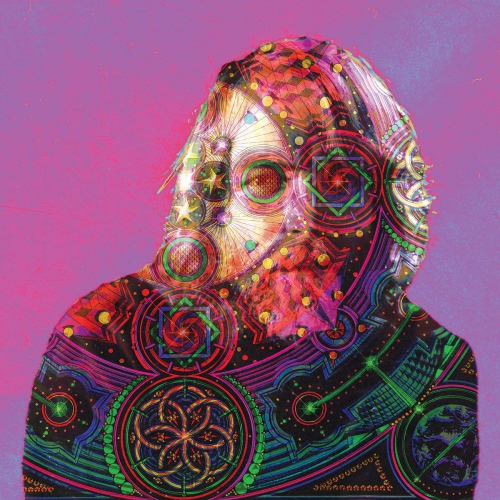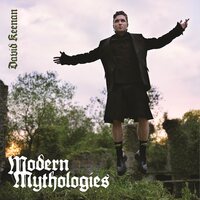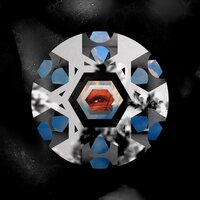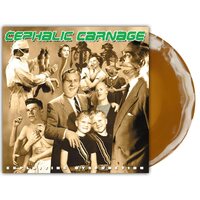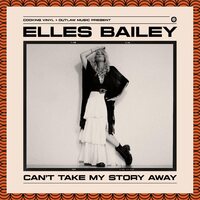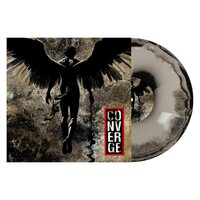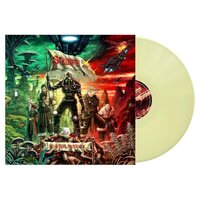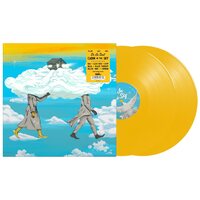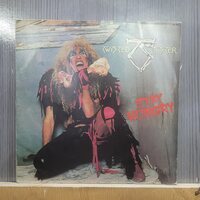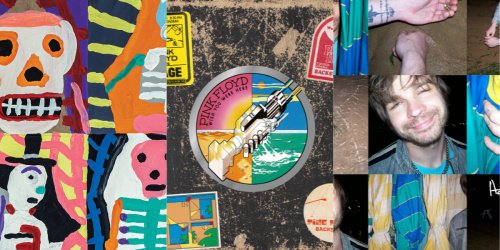San Francisco Moog documents for the first time a critical missing link in the history of electronic music. In 1968, a young singer named Doug McKechnie got hold of one the very first Moog Modular Series III synthesizers ever made-serial number 004-and began experimenting with it. Soon, he was hauling it's many components around the Bay Area, performing improvised concerts for audiences whose minds had been opened by psychedelia but whose ears were often unfamiliar with electronic sounds. Working outside of academia and traditional recording studios-the only places one could find Moogs at the time-he invented his own way to play the instrument on the fly. He recorded many of his performances. After four years, McKechnie lost access to the expensive Moog. He moved on to other musical and creative endeavors. The recordings he made on quarter-inch reel-to-reel tape gathered dust in a closet for decades, and have never been released until now. The music on San Francisco Moog captures McKechnie eschewing the somber rigor of the academic electronic music of the era for a more free-flowing, melodic sound that nonetheless explores the limits of the instrument's plastic sonic possibilities. Using the keyboard and two 24-step sequencers that came with the deluxe Moog, he created music that wove together multiple electronic voices at the moment, an innovation typically ascribed to later pioneers like Tangerine Dream (who would end up the owners of the very same Moog-but that's another story). San Francisco Moog not only proves a transportive listening experience, but it also casts a new light on the accepted history of electronic music.
Release date:
February 26, 2021
Label:
Install our app to receive notifications when new upcoming releases are added.

